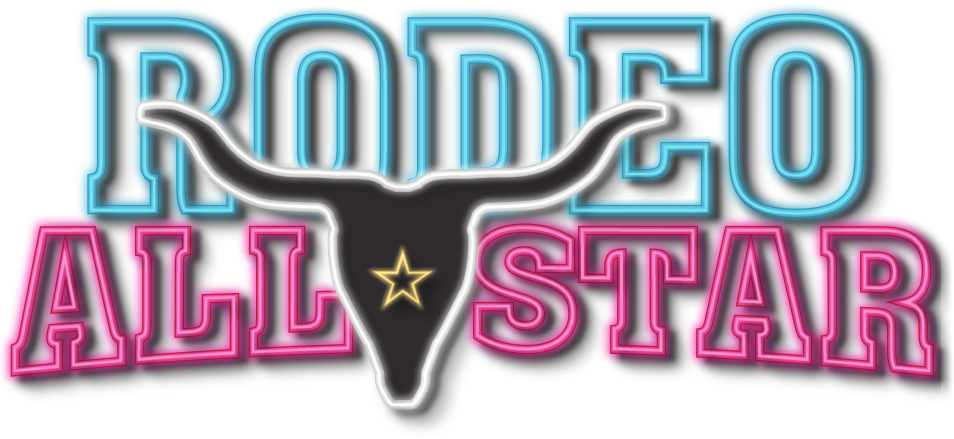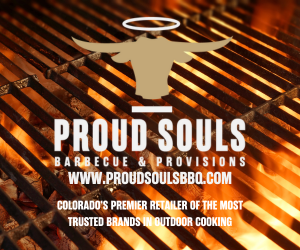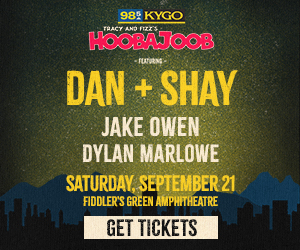Rodeo Events
 As in all roughstock events, the goal in bareback bronc riding is to stay on top of the horse for eight seconds … in this case, without the help of a saddle. Assuming the eight seconds are reached, the ride then is judged on the performances of the cowboy as well as the horse. The rider earns points for maintaining body control while moving his feet in time with the horse. The horse earns points for making the cowboy’s job as hard as possible.
As in all roughstock events, the goal in bareback bronc riding is to stay on top of the horse for eight seconds … in this case, without the help of a saddle. Assuming the eight seconds are reached, the ride then is judged on the performances of the cowboy as well as the horse. The rider earns points for maintaining body control while moving his feet in time with the horse. The horse earns points for making the cowboy’s job as hard as possible. Barrel racing is fast-paced and simple (in theory, anyway). The rider’s goal is to navigate her horse around a cloverleaf course of three barrels faster than any other contestant. If she knocks over a barrel, it adds five seconds to her time. Winning by just hundredths of a second is common, so every stride counts.
Barrel racing is fast-paced and simple (in theory, anyway). The rider’s goal is to navigate her horse around a cloverleaf course of three barrels faster than any other contestant. If she knocks over a barrel, it adds five seconds to her time. Winning by just hundredths of a second is common, so every stride counts.
 Growing in popularity, breakaway roping is loved by fans for its fast-paced nature and its talented women athletes. Breakaway roping is the fastest event in rodeo, with times as quick as 1.9 seconds. Similar to other roping events, the calf starts in a chute, while the cowgirl and her horse start further back in the “box.” The calf is given a head start out of the chute before the horse and rider are allowed to follow. If the cowgirl’s horse leaves the box too soon, a 10-second penalty is added to the roper’s time. Once the calf has been roped, the roper stops her horse, allowing the calf to continue running and the rope to breakaway from her saddle horn. When the rope breaks away, the judge flags for the clock to stop. The rope is tied onto the saddle horn using a double knotted thin string and a flag is tied to the end of the rope. This flag allows the judge to easily see the rope breakaway from the saddle horn.
Growing in popularity, breakaway roping is loved by fans for its fast-paced nature and its talented women athletes. Breakaway roping is the fastest event in rodeo, with times as quick as 1.9 seconds. Similar to other roping events, the calf starts in a chute, while the cowgirl and her horse start further back in the “box.” The calf is given a head start out of the chute before the horse and rider are allowed to follow. If the cowgirl’s horse leaves the box too soon, a 10-second penalty is added to the roper’s time. Once the calf has been roped, the roper stops her horse, allowing the calf to continue running and the rope to breakaway from her saddle horn. When the rope breaks away, the judge flags for the clock to stop. The rope is tied onto the saddle horn using a double knotted thin string and a flag is tied to the end of the rope. This flag allows the judge to easily see the rope breakaway from the saddle horn.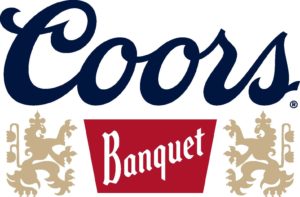 Bull riding is one of the most exciting and dangerous events in rodeo. The cowboy uses a rope to strap his hand to the 2,000 pound animal and attempts to hang on for eight seconds. If he touches the bull or himself with his free hand, he’ll get a no score. Unlike other roughstock contestants, the bull rider isn’t required to “mark out” or spur his animal. While he gets extra points for doing so, bulls seldom leave time for anything outside of hanging on.
Bull riding is one of the most exciting and dangerous events in rodeo. The cowboy uses a rope to strap his hand to the 2,000 pound animal and attempts to hang on for eight seconds. If he touches the bull or himself with his free hand, he’ll get a no score. Unlike other roughstock contestants, the bull rider isn’t required to “mark out” or spur his animal. While he gets extra points for doing so, bulls seldom leave time for anything outside of hanging on.Experience the thrilling tradition of Charro Cull Riding, one of the most iconic events in Mexican Charrería. Unlike American bull riding, which challenges riders to stay on for a strict 8 seconds, jineteo de toros requires the rider to remain mounted until the bull stops bucking entirely. But it’s not just about endurance—Charros are judged on style, technique, and the grace of their dismount, making this event as much about artistry as it is about skill.
Charros compete in elegant, custom-tailored attire that honors generations of tradition and carries the distinction of being a form of active military dress in Mexico. This unique sport blends athleticism, cultural pride, and visual pageantry into an unforgettable showcase of heritage.
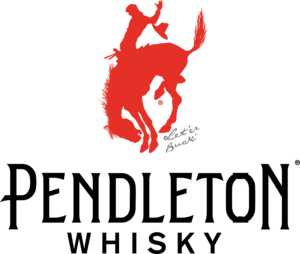
Known as rodeo’s classic event, saddle bronc riding is judged similarly to bareback with a few additional rules (like being disqualified for losing a stirrup or dropping the rein). The cowboy also sits on the horse differently, due to the saddle and rein, and the spurring motion covers a different area of the horse. Saddle broncs tend to be bigger and stronger than bareback horses and generally buck in a slower rhythm.
 This event, originally called “bull dogging,” requires the cowboy to jump from his running horse onto the back of a 600 pound steer, catch it by the horns, and wrestle it to the ground. Just like the roping events, the steer starts in a chute and is given a head start, with a 10-second penalty should the cowboy break the barrier. The clock stops when the steer is on its side with all four feet pointing in the same direction.
This event, originally called “bull dogging,” requires the cowboy to jump from his running horse onto the back of a 600 pound steer, catch it by the horns, and wrestle it to the ground. Just like the roping events, the steer starts in a chute and is given a head start, with a 10-second penalty should the cowboy break the barrier. The clock stops when the steer is on its side with all four feet pointing in the same direction.
 Tie-down roping, a skill that originated on the working ranch, involves a mounted cowboy roping and tying a calf for time. The calf starts in a chute, while the cowboy and his horse start further back in the “box.” The calf is given a head start out of the chute before the horse and rider are allowed to follow. If the cowboy’s horse leaves the box too soon, a 10-second penalty is added to the roper’s time. Once the calf has been roped, the cowboy dismounts and runs down the rope to the calf. He then flanks the calf and ties three of its legs together with a rope called a pigging string. When he throws his hands in the air, the judge punches the clock and gives the official time.
Tie-down roping, a skill that originated on the working ranch, involves a mounted cowboy roping and tying a calf for time. The calf starts in a chute, while the cowboy and his horse start further back in the “box.” The calf is given a head start out of the chute before the horse and rider are allowed to follow. If the cowboy’s horse leaves the box too soon, a 10-second penalty is added to the roper’s time. Once the calf has been roped, the cowboy dismounts and runs down the rope to the calf. He then flanks the calf and ties three of its legs together with a rope called a pigging string. When he throws his hands in the air, the judge punches the clock and gives the official time.
Rodeo All-Star Semi Final 1
Friday, October 3 @ 7 pm
Rodeo All-Star Semi Final 2
Saturday, October 4 @ 1 pm
Rodeo All-Star FINALS
Saturday, October 4 @ 7 pm
